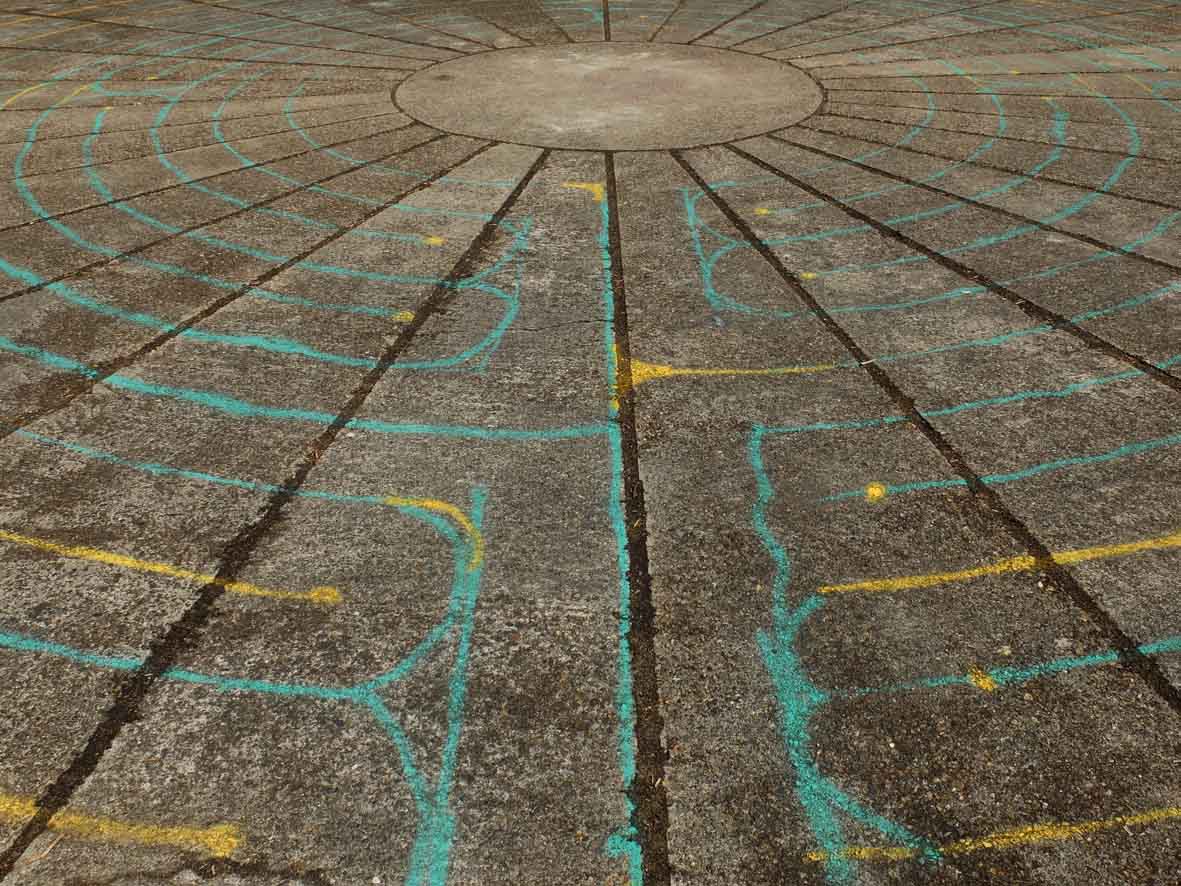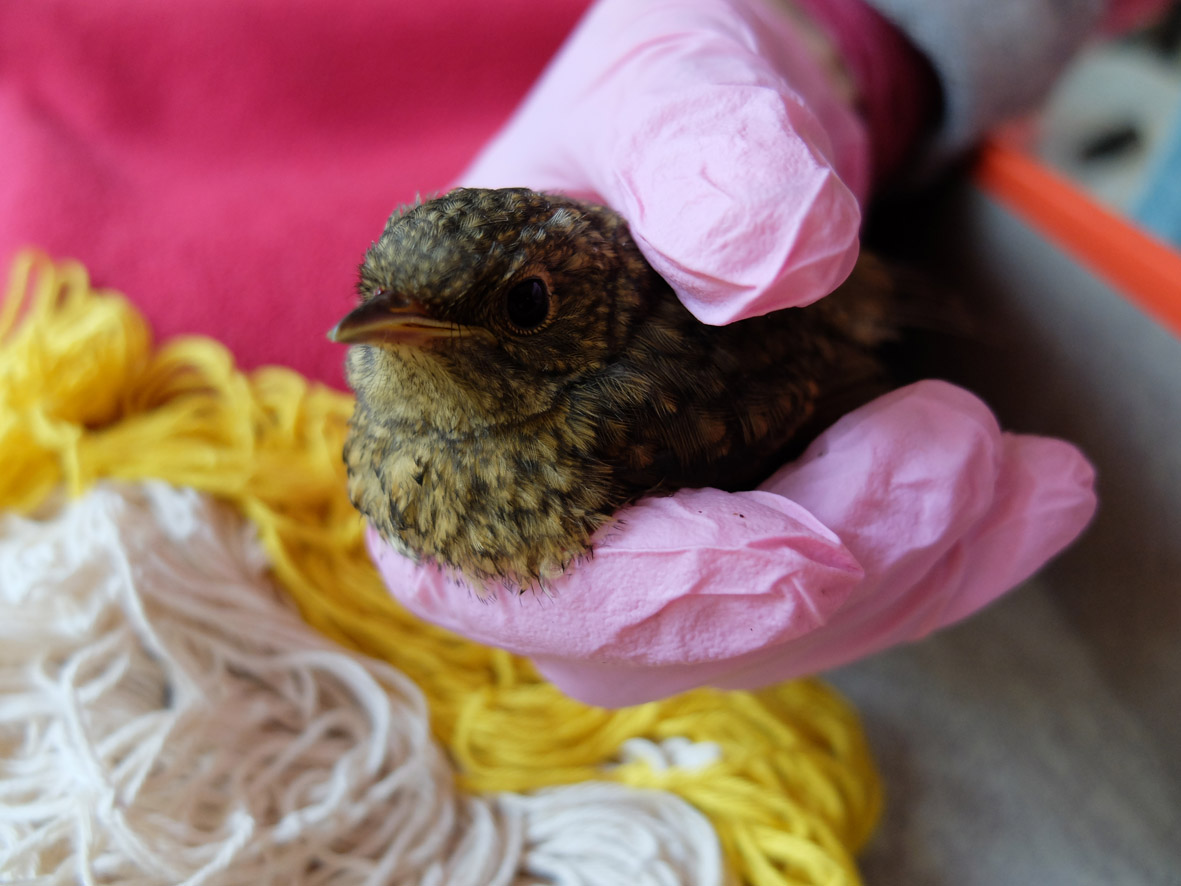28 Jun ‘Sabre Tooth Tigers and Teddy Bears’
 ‘Sabre Tooth Tigers & Teddy Bears’, the Connected Baby guide to attachment by Suzanne Zeedyk, is a straight forward introduction to Attachment Theory for a wide audience. It includes plenty of colour photos, and is illustrated by the experiences of a parent, a ‘boarding school survivor’, a self-identified adult who used to be ‘one of the difficult kids’, three primary head teachers and two members of the police. ‘Sabre Tooth Tigers & Teddy Bears’ takes us from the basics of Bowlby’s Attachment Theory in which “babies are skilled at keeping their parents close” by developing core behavioural strategies to manage their anxieties. Zeedyk also explains: “it is also about the repeated moments by which we learn the core elements of human relationships: how to trust and how to forgive.” These patterns go on to effect us as adults, and impact how we connect with the wider world. In recognising the importance of how we are imprinted by life, (she is keen to encourage rather than blame care-givers), she highlights the possibilities for transformation for the next generation, as well as attending to our own healing as adults. Neuroscience is helping us to understand how these patterns are set up, but can also be changed, through the neuro-plasticity of our brains. Dealing with uncomfortable feelings is something that we learn. “When an adult responds affirmatively to a baby’s emotions, whatever the emotion is, then the baby discovers that this is a feeling that can indeed be shared with another person. The neural connections in his brain are built on that expectation of sharing.” If we take heed of this growing body of science, and apply it in our lives at the micro and macro level in practical actions, it would change our relationships, and build resilience in our societies. Each of the people who tell their stories in the book, are examples of pioneering front-line attachment activists. “We need to foster self-reflection for individuals, families, organisations and communities. We need to see what we are cheating ourselves of when we can’t listen to our children’s emotional needs.”
‘Sabre Tooth Tigers & Teddy Bears’, the Connected Baby guide to attachment by Suzanne Zeedyk, is a straight forward introduction to Attachment Theory for a wide audience. It includes plenty of colour photos, and is illustrated by the experiences of a parent, a ‘boarding school survivor’, a self-identified adult who used to be ‘one of the difficult kids’, three primary head teachers and two members of the police. ‘Sabre Tooth Tigers & Teddy Bears’ takes us from the basics of Bowlby’s Attachment Theory in which “babies are skilled at keeping their parents close” by developing core behavioural strategies to manage their anxieties. Zeedyk also explains: “it is also about the repeated moments by which we learn the core elements of human relationships: how to trust and how to forgive.” These patterns go on to effect us as adults, and impact how we connect with the wider world. In recognising the importance of how we are imprinted by life, (she is keen to encourage rather than blame care-givers), she highlights the possibilities for transformation for the next generation, as well as attending to our own healing as adults. Neuroscience is helping us to understand how these patterns are set up, but can also be changed, through the neuro-plasticity of our brains. Dealing with uncomfortable feelings is something that we learn. “When an adult responds affirmatively to a baby’s emotions, whatever the emotion is, then the baby discovers that this is a feeling that can indeed be shared with another person. The neural connections in his brain are built on that expectation of sharing.” If we take heed of this growing body of science, and apply it in our lives at the micro and macro level in practical actions, it would change our relationships, and build resilience in our societies. Each of the people who tell their stories in the book, are examples of pioneering front-line attachment activists. “We need to foster self-reflection for individuals, families, organisations and communities. We need to see what we are cheating ourselves of when we can’t listen to our children’s emotional needs.”
‘Sabre Tooth Tigers & Teddy Bears’ Dr Suzanne Zeedyk connected baby.net











